Marine & Coastal Pollution Studied [Archives:1997/51/Business & Economy]
The Regional Training Workshop for Marine Environment Surveying and Monitoring was held during 7-11 December in Hodeida. The workshop was jointly organized by the Regional Authority for the Protection of the Red Sea and Gulf of Aden Environments and the Environment Protection Council, and was financed by the international GEF. Participants from Saudi Arabia, Jordan, Egypt, Djibouti, Yemen attended the discussion sessions. This workshop is the third of its kind, the first and second were held in Saudi Arabia and Egypt, respectively. Several lectures covering various topics related to the marine environment and the necessary means of protecting it were delivered by experts in this field. Some lectures addressed the methods of identifying marine pollution, determining its sources, specifying the vulnerable marine environments and the monitoring methods. Theory was applied by the participants during a two-day field work. The participants also reviewed the results marine surveys conducted on the Egyptian and Yemeni Red Sea coasts. A lecture delivered by Dr. William Gladstone of Australia covered the following points: 1 the basic principles of marine surveying; 2 the essential information to be collected; 3 the factors affecting marine resources; 4 the proportion of fishing – above or below the allowed maximum; 5 the obstacles facing coastal management; and 6 the required period of monitoring.
A paper submitted by Dr. Khalid Al-Hareeri covered: – means of identifying the appropriate fishing seasons; – the hatching of fish eggs; – how to take and examine specimens to know the seasons of mating, fertility and hatching; – fishing areas; – problems facing fishermen; and other relevant topics.
Dr. Esam from the University of Hodeida talked about the various kinds of oil pollution, chronic and acute, and its effects on the marine environment. All these lectures were applied in practice during the 2nd and 3rd days of the workshop. A coastal survey was conducted on the mangroves in the Lihya area where various marine creatures and migrant and endemic birds lay their. The participants also surveyed the Araj area. On the fourth day, a lecture was delivered by Dr. Omar Sabeeh on the physical characteristics and their effects on the Red Sea environment. This topic is quite relevant to the marine environment protection project currently underway in Hodeida and other similar regional projects in the future. Special emphasis was given to the various parameters ruling in the southern region of the Red Sea and the Gulf of Aden. The participants studied the phenomenon where nutrient-carrying water currents flow from the depths of the sea to the surface, attracting marine creatures and forming fishing areas. Such areas exist near the coasts of Hadhramaut, south of the Gulf of Aden, and the southern coast of Socotra. Dr. Mohammed Mahdi Abubakar form Sanaa University delivered a lecture on the goals of monitoring programs and the activities to be monitored. The Dean of the College of Marine Sciences at Hodeida University, Dr. Hassan Ali Hibah emphasized the wholeness of the marine environment and that it cannot be treated as a group of smaller parts. The main results or benefits of this workshop were as follows: 1- identifying vulnerable marine environments in Yemen; 2- identifying the problems plaguing these environments; 3- agreeing on the scientific and practical solutions for these problems; 4- training on the basic methods of measuring coastal pollutants; and 5- agreeing to unify the surveying methods in the region in order to unify the collected and disseminated data.
——
[archive-e:51-v:1997-y:1997-d:1997-12-22-p:./1997/iss51/b&e.htm]

